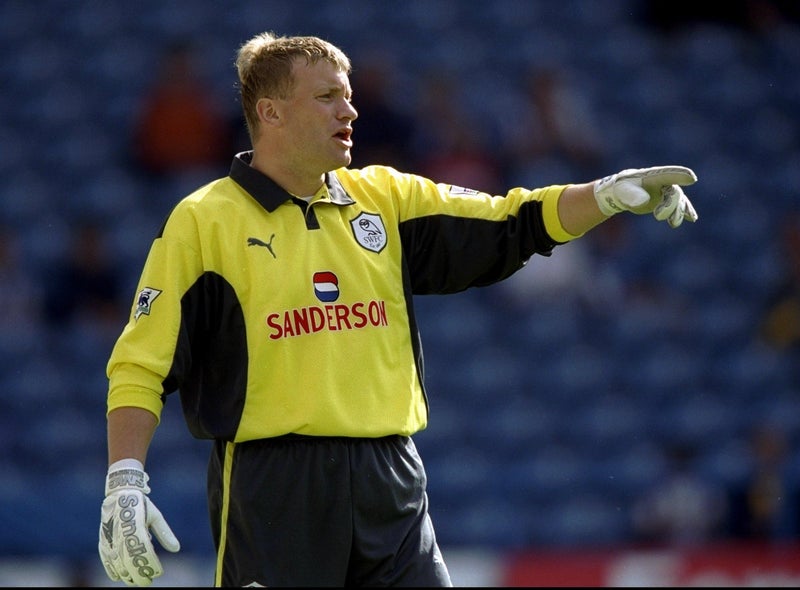- Welcome to Cook'd and Bomb'd.
-
 Load of horses gone mental...
by Cold Meat Platter
Load of horses gone mental...
by Cold Meat Platter
[Today at 02:49:25 AM] -
 Is this proof that AI has...
by The Bumlord
Is this proof that AI has...
by The Bumlord
[Today at 02:46:16 AM] -
 Is this shit?
by yesitis
Is this shit?
by yesitis
[Today at 02:38:05 AM] -
 Wrasslin' Talk: Punk out
by Ja'moke
Wrasslin' Talk: Punk out
by Ja'moke
[Today at 02:13:21 AM] -
 Jimmy Carr's new Netflix special....
by Oosp
Jimmy Carr's new Netflix special....
by Oosp
[Today at 02:06:36 AM] -
 Conan O'Brien Needs A Thread...
by Oosp
Conan O'Brien Needs A Thread...
by Oosp
[Today at 02:00:16 AM] -
 Live Comedy Performers of...
by Nooses Give
Live Comedy Performers of...
by Nooses Give
[Today at 01:58:12 AM] -
 The Travails of Labour - The...
by Blumf
The Travails of Labour - The...
by Blumf
[Today at 01:53:23 AM] -
 Terrible music teachers
by Kankurette
Terrible music teachers
by Kankurette
[Today at 01:44:16 AM] -
 Threelon Musk: pl3ase lik3...
by Cold Meat Platter
Threelon Musk: pl3ase lik3...
by Cold Meat Platter
[Today at 01:43:06 AM]
Members
 Total Members: 17,827
Total Members: 17,827 Latest: skinnylike
Latest: skinnylike
Stats
 Total Posts: 5,583,375
Total Posts: 5,583,375 Total Topics: 106,741
Total Topics: 106,741 Online Today: 811
Online Today: 811 Online Ever: 3,311
Online Ever: 3,311- (July 08, 2021, 03:14:41 AM)
Users Online
User actions


